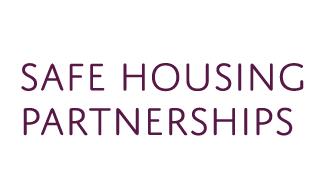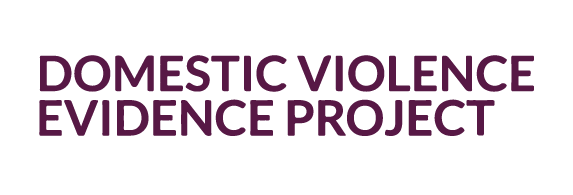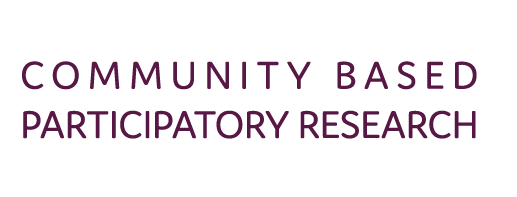APRIL 4, 2022
By Arlene Vassell, NRCDV’s Vice President of Programs, Prevention & Social Change
April is Sexual Assault Awareness Month (SAAM)! According to the National Sexual Violence Resource Center (NSVRC), even before its official declaration, SAAM was about both awareness and prevention of sexual assault, harassment, and abuse. Looking at the history of the movement to end sexual violence, it’s clear why: It’s impossible to prevent an issue no one knows about, and it’s difficult to make people aware of a problem without providing a solution. The two work in tandem, and they always have. From the civil rights movement to the founding of the first rape crisis centers to national legislation and beyond, the roots of SAAM run deep.
 From then until now, Black women have been and remain the leaders of the movement to end gender-based violence. Without Black women there is no movement. Despite immense barriers and heart-wrenching obstacles, Black women continue to show up and lead efforts to prevent sexual and domestic violence in their communities.
From then until now, Black women have been and remain the leaders of the movement to end gender-based violence. Without Black women there is no movement. Despite immense barriers and heart-wrenching obstacles, Black women continue to show up and lead efforts to prevent sexual and domestic violence in their communities.
“The movement is greater than an institution. It’s greater than an organization. It’s greater than a few people who are holding power in a space. I’m a survivor of sexual violence. So I will always be in the movement. I cannot be erased.” – Valériana Chikoti-Bandua
This SAAM, join the National Resource Center on Domestic Violence (NRCDV) and NSVRC in building safe online spaces, while honoring the legacy and contributions of Black women who began and continue to lead the movement. Say their names. Share their names.
“Memories of our lives, of our works, and our deeds will continue in the lives of others.” – Rosa Parks
As we continue on this journey towards collective liberation, let’s not minimize or dismiss the significant impact that sexual violence has on the most marginalized communities. Speak up about the connections between health equity and racial justice. Our ancestors have taught us that the past is connected to the present.
“Without the HERstory, it is not our story! Without our story, there is no solution.” – Arlene Vassell
SAAM is about awareness and prevention, and the people most impacted by the problem are a vital part of the solution. The people and communities most impacted must be visible in the stories that are shared. Past and present.
The HERstory of the movement must be shared in a manner that honors the trailblazers who paved the pathway for us to be here today. Their important stories, dating back to 1866, have been erased or forgotten in the movement today. The labor for justice and equity, exploring the intersection of race and gender, began with Black women long before April 2001. The roots of SAAM run deep.
“Ain't I A Woman?” – Sojourner Truth
#1Thing you can do this Sexual Assault Awareness Month is utilize your online platform to share stories about the HERstory of the sexual violence movement and acknowledge the contributions of Black women in your organization and/or community.
Learn more about the HERstory of the movement
- Sojourner Truth, Black abolitionist, women’s rights activist and formerly enslaved woman delivered the speech “Ain’t I a Woman?” at the 1851 Ohio Women’s Rights Convention. Her speech is regarded as one of the most powerful moments of the early women’s liberation movement.
- In the TEDTalk, Me Too is a movement, not a moment, founder Tarana Burke reflects on this global movement and makes a powerful call for dismantling power and privilege, which are building blocks of sexual violence.
- Celebrating Black Herstory Month: Sheroes in the Anti-Sexual Violence Movement is a short video highlighting the contributions of influential Black women in the movement to end gender-based violence.
- Featured in Mother Jones, the article How the Mainstream Movement Against Gender-Based Violence Fails Black Workers and Survivors draws attention to the pervasiveness of white supremacy and anti-Blackness in the movement – a problem which Black advocates and survivors have been shouting about for decades.
- The research paper, Sexual Violence in the Lives of African American Women: Risk, Response, and Resilience by Carolyn M. West, Kamilah Johnson discusses the context of Black women’s sexual victimization, the risk factors that elevate Black women’s vulnerability to sexual violence, and culturally sensitive techniques to promote resilience.
- The TAQ, What is the connection between domestic violence, sexual assault, and reproductive justice and how does it impact Black women? by Alana C. Brown explores the connections between domestic violence, sexual assault, and reproductive justice for Black women.
- The TAQ, How can domestic and sexual violence advocates center health equity for Black women in our work? by Patty Branco shares recommendations for centering Black women in health equity efforts









